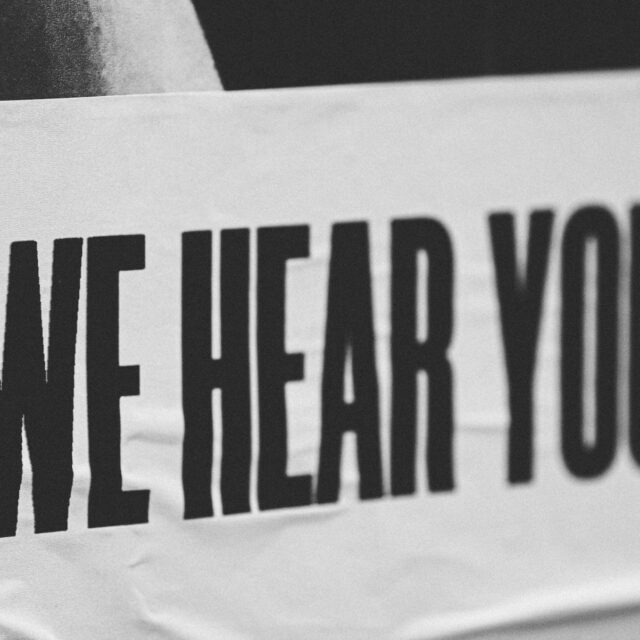You want to know what your customers think about your business, and you want to measure customer satisfaction.
In addition, you know you want to send a survey, but which one do you choose? In this article, we look at NPS, CSAT, and CES scores, explained.
First, let’s decode those acronyms for measuring customer satisfaction. The NPS is the Net Promoter Score. The CSAT is the Customer Satisfaction Score, and the CES is the Customer Effort Score.
Next, we’re going to explain them, so you know which type of survey you want to send.
The Net Promoter Score (NPS)
The NPS helps you grow your business. This is a terrific customer satisfaction metric. You can learn if your customers are satisfied, if they’re loyal to your company, and if they’re likely to recommend your business to others.
With your NPS survey, you simply ask the question, “How likely are you to recommend our company to friends, family members, or co-workers on a scale from 0 to 10?”
The scores mean the following:
- 0-6: These are your detractors who are unhappy with your company.
- 7-8: These people are passives. They aren’t loyal to you yet.
- 9-10: You’ll find these promoters love everything about your company and are happy to spread that news around.
Once you get your answers, you can then move further and follow up with your customers and ask them why they aren’t satisfied. Through the NPS score, you’ll learn how likely you are to retain current customers and whether or not they’ll be brand ambassadors.
The Customer Satisfaction Score (CSAT)
Long-term success rests on your CSAT. This score again measures customer satisfaction, and you send this survey to see how happy your customers are after an interaction with your business (purchase or customer service experience). A question for this survey might look like this:
- “Please rate your overall satisfaction with the service you received today.”
- ‘How satisfied are you with our app?”
Your customers can rate their satisfaction in a range from very satisfied to very unsatisfied.
Unlike the NPS and CES surveys, you can ask multiple questions as well as open ended and closed ended questions in the same survey.
These results are shown as a percentage from 0-100%.
The Customer Effort Score (CES)
Your CES also measures customer satisfaction, but this score focuses on the effort your customers make to interact with your products and your services.
With this survey, you find out how easy or hard it is for people to interact with your business. You would ask this after a customer speaks to customer support or right after they interacted with a product or service.
Like NPS, CES surveys also use a single question. It might look like this:
- “How easy was it to work with customer service?”
- “How easy was it to place an online order?”
You’re looking to assess ease and difficulty so you can make business adjustments to increase customer satisfaction.
Final Thoughts
You may have heard that we’re in the age of the consumer. Customer expectations are high, and they are only getting higher.
So, do you know how happy your current customers are? Do you know if they are loyal to your business?
Living in an ultra-digital age as we do means competition is around every corner. How do you set your company apart? You do it by sending surveys and assessing NPS, CSAT, and CES score.
By choosing at least one of these surveys, you can find out exactly what your customers think. This allows you to improve and grow so you are meeting your customers’ needs and their expectations.
As an extra tip: consider using all three of the surveys to get a broader picture of customer satisfaction.
When your customers are happier, they are your brand ambassadors, and they continue to drive purchases and help you gain new customers. (tweet this)
Finally, use these scoring basics to measure customer satisfaction and help you decide how to adapt these three scores into your business strategy. Give your customers a voice, listen to them, and change so you can grow.
Surveys with clear goals can help you get valuable data about how you can improve your products and your services. With clear goals, you can then use the feedback to improve your business and your relationships with your customers. Are you ready to get started with your Survey Town account? Start with your account today.




